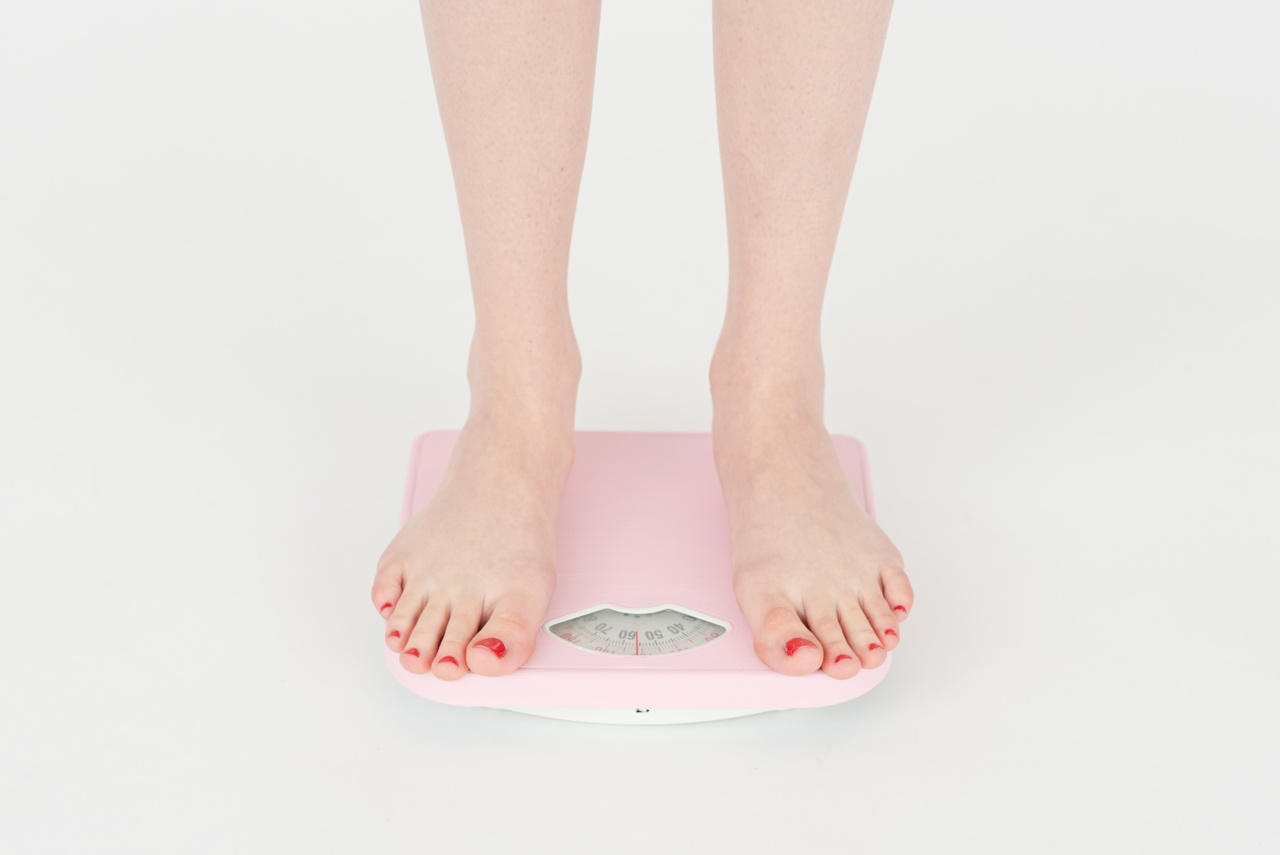High blood pressure, or hypertension, is a common health condition that affects millions of people worldwide.
It is often referred to as the “silent killer” because it often has no symptoms but can lead to serious health complications like heart disease, stroke, and kidney problems. While there are medications available to manage high blood pressure, making certain dietary changes can also be beneficial. In this article, we will discuss the best diet plan to lower high blood pressure naturally.
1. DASH Diet
The Dietary Approaches to Stop Hypertension (DASH) diet is widely recommended by healthcare professionals for individuals with high blood pressure.
It is a well-balanced eating plan that focuses on consuming fruits, vegetables, whole grains, lean proteins, and low-fat dairy products.
2. Reduce Sodium Intake
Excess sodium consumption is strongly linked to high blood pressure. Limiting sodium intake to less than 2,300 milligrams (mg) per day is recommended.
Avoiding processed foods, fast food, and adding less salt to meals can significantly lower blood pressure levels.
3. Increase Potassium Intake
Potassium is a mineral that helps counterbalance the effects of sodium in the body. Including potassium-rich foods such as bananas, oranges, spinach, and potatoes in your diet can help regulate blood pressure levels.
4. Emphasize Fruits and Vegetables
Fruits and vegetables are packed with essential vitamins, minerals, and fiber. They are also low in calories and high in nutrients, making them an excellent addition to any diet plan.
Aim to include a variety of colorful fruits and vegetables in your meals to reap the maximum benefits.
5. Choose Whole Grains
Unlike refined grains, whole grains retain their bran and germ, which are rich in fiber, vitamins, and minerals. Whole wheat, brown rice, quinoa, and oats are great choices for maintaining healthy blood pressure levels.
6. Opt for Lean Proteins
When selecting proteins, opt for lean options such as skinless poultry, fish, legumes, and tofu. These protein sources are lower in saturated fats, which can positively impact blood pressure.
7. Limit Added Sugars
Consuming excessive amounts of added sugars can contribute to weight gain and high blood pressure. Be mindful of sugary beverages, processed snacks, and desserts. Instead, opt for natural sweeteners and limit your overall sugar intake.
8. Incorporate Healthy Fats
While fats have a bad reputation, not all fats are unhealthy. Incorporating healthy fats like avocado, olive oil, nuts, and seeds into your diet can have a positive impact on blood pressure.
9. Reduce Alcohol Consumption
Excessive alcohol consumption can raise blood pressure levels. If you choose to drink alcohol, do so in moderation. It is recommended to limit alcohol intake to one drink per day for women and two drinks per day for men.
10. Monitor Portion Sizes
Controlling portion sizes can help manage high blood pressure and maintain a healthy weight. Use measuring cups or a food scale to ensure you are consuming appropriate serving sizes of each food group.





























